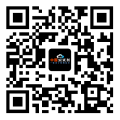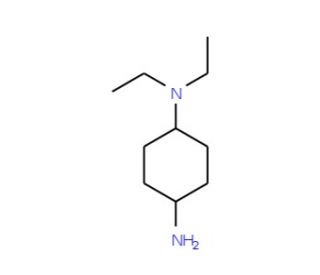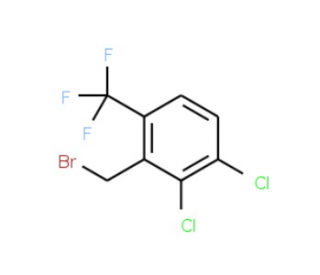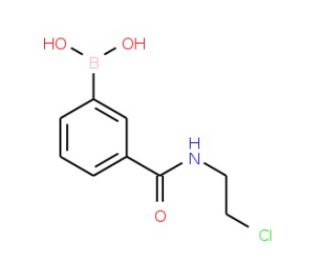详细说明
Purity
>95%, by SDS-PAGE under reducing conditions and visualized by silver stain
Endotoxin Level
<0.01 EU per 1 μg of the protein by the LAL method.
Activity
Measured by its ability to enhance neurite outgrowth of dissociated E13 chick embryonic dorsal root ganglia (DRG) neurons. Able to significantly enhance neurite outgrowth when immobilized at 3-12 µg/mL.
Source
Mouse myeloma cell line, NS0-derived Gln42-Ser676, with a C-terminal 6-His tag
Accession #
N-terminal Sequence
AnalysisNo results obtained: Gln42 predicted
Predicted Molecular Mass
72.2 kDa
SDS-PAGE
90-100 kDa, reducing conditions
5158-NL |
| |
Formulation Lyophilized from a 0.2 μm filtered solution in PBS. | ||
Reconstitution Reconstitute at 250 μg/mL in sterile PBS. | ||
Shipping The product is shipped at ambient temperature. Upon receipt, store it immediately at the temperature recommended below. | ||
Stability & Storage: Use a manual defrost freezer and avoid repeated freeze-thaw cycles.
|
Background: Neuroligin 4X/NLGN4X
Neuroligin 4 (NLGN4, NL4 or NL4X) is a 110 kDa type I transmembrane glycoprotein that is a member of the type-B carboxyesterase/lipase family of proteins (1). Neuroligins are postsynaptically expressed on neurons and initiate excitatory presynapse maturation through binding to select isoforms of beta -neurexin (1 - 3). The 816 amino acid (aa) human NLGN4 contains a 41 aa signal sequence, a 635 aa extracellular domain (ECD), a 21 aa transmembrane domain and a 119 aa cytoplasmic tail. The ECD possesses a nonfunctional esterase homology domain through which neuroligins, except for NLGN2, interact with neurexins (4). Human NLGN4 is found on the X-chromosome. It shares 69% - 73% aa identity with NLGNs 1, 2 and 3, and 98% aa identity with NLGN4Y, a Y-chromosome-encoded neuroligin (1). Human NLGN4 ECD shares 62%, 99% and 99% aa identity with mouse, equine and canine NLGN4, respectively (5). Unlike other neuroligins, human NLGN4 does not appear to express alternate splice forms (1, 6). Crystalization of the NLGN4 ECD with and without beta -neurexin shows that NLGN4 forms a homodimer via a hydrophobic interface, but interactions with beta -neurexin are hydrophilic and calcium-dependent (4, 6). NLGNs 3 and 4 bind syntrophin-gamma 2 intracellularly (7). Mutations of NLGN4 can be associated with rare cases of autism, Asperger or Tourette syndromes (8 - 10). Mice with a loss-of-function mutation in NLGN4 show deficits in reciprocal social interactions and communication that are reminiscent of autism spectrum conditions in humans (11).
References:
Bollinger, M. F. et al. (2001) Biochem. J. 356:581.
Chih, B. et al. (2005) Science 307:1324.
Nam, C. I. and L. Chen (2005) Proc. Natl. Acad. Sci. USA 102:6137.
Chen, X. et al. (2008) Nat. Struct. Mol. Biol. 15:50.
Bollinger, M. F. et al. (2008) Proc. Natl. Acad. Sci. USA 105:6421.
Fabrichny, I. P. et al. (2007) Neuron 56:979.
Yamakawa H. et al. (2007) Biochem. Biophys. Res. Commun. 355:41.
Jamain, S. et al. (2003) Nat. Genet. 34:27.
Talebizadeh, Z. et al. (2006) J. Med. Genet. 43:e21.
Lawson-Yuen, A. et al. (2008) Eur. J. Hum. Genet. 16:614.
Jamain, S. et al. (2008) Proc. Natl. Acad. Sci. USA 105:1710.
Entrez Gene IDs:
57502 (Human)
Alternate Names:
ASPGX2; AUTSX2; HLNX; HNL4X; HNLX; KIAA1260AUTSX2; MGC22376; neuroligin 4, X-linked; Neuroligin 4X; NL4; NLGN; NLGN4; NLGN4neuroligin 4; NLGN4X; X-linked










 粤公网安备44196802000105号
粤公网安备44196802000105号